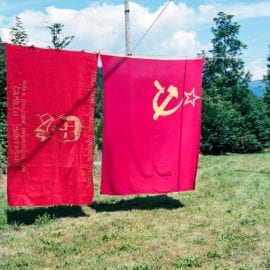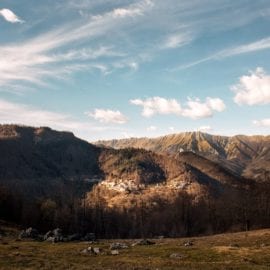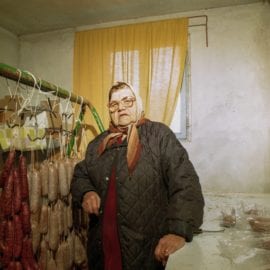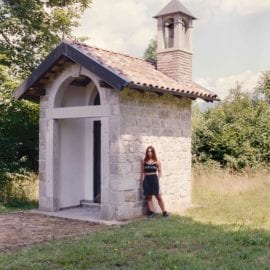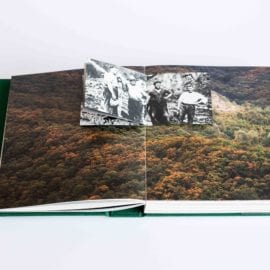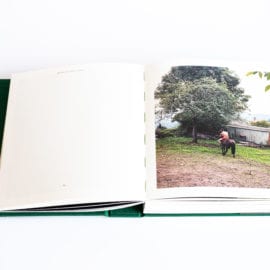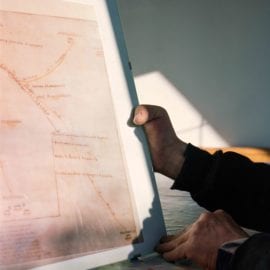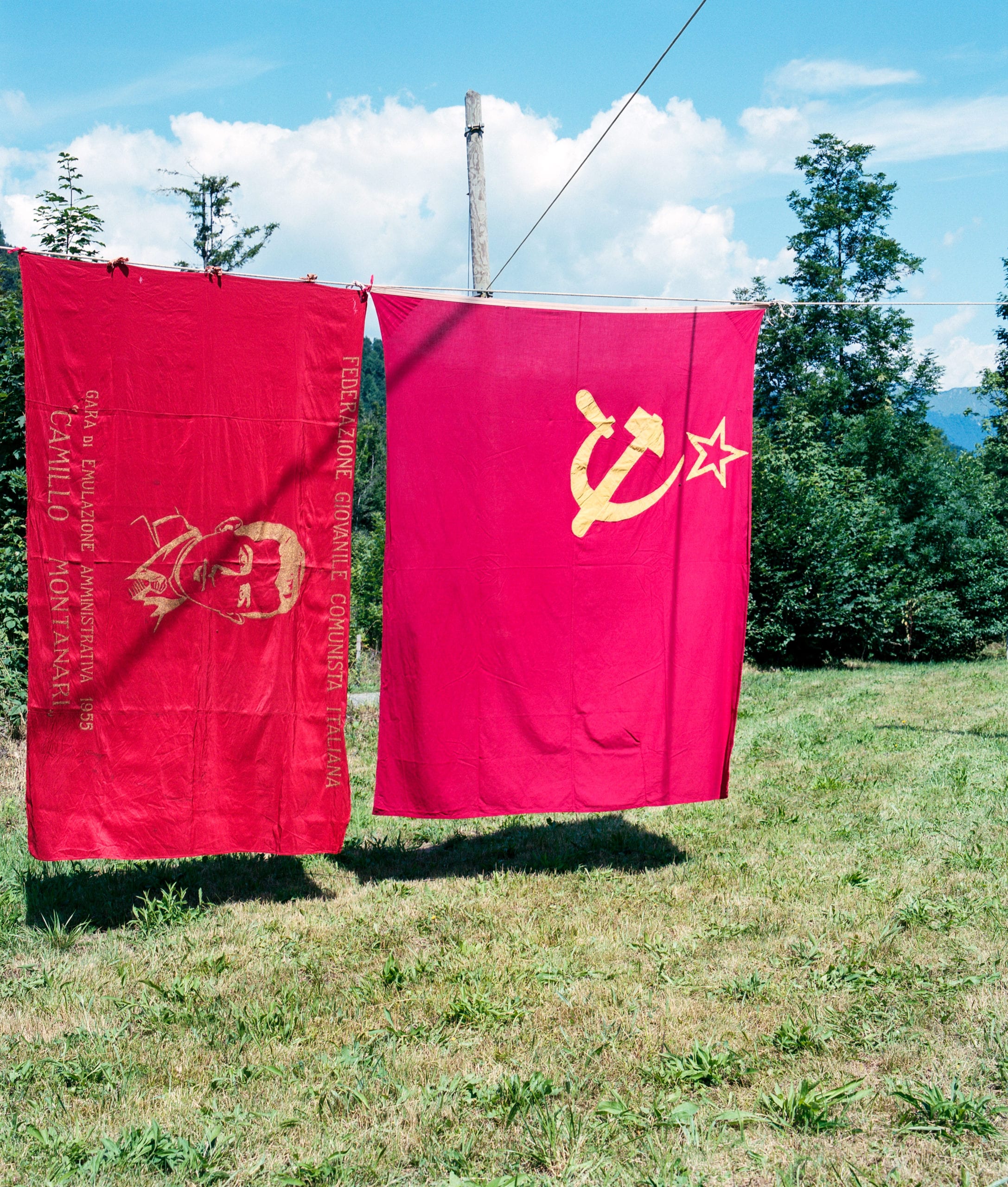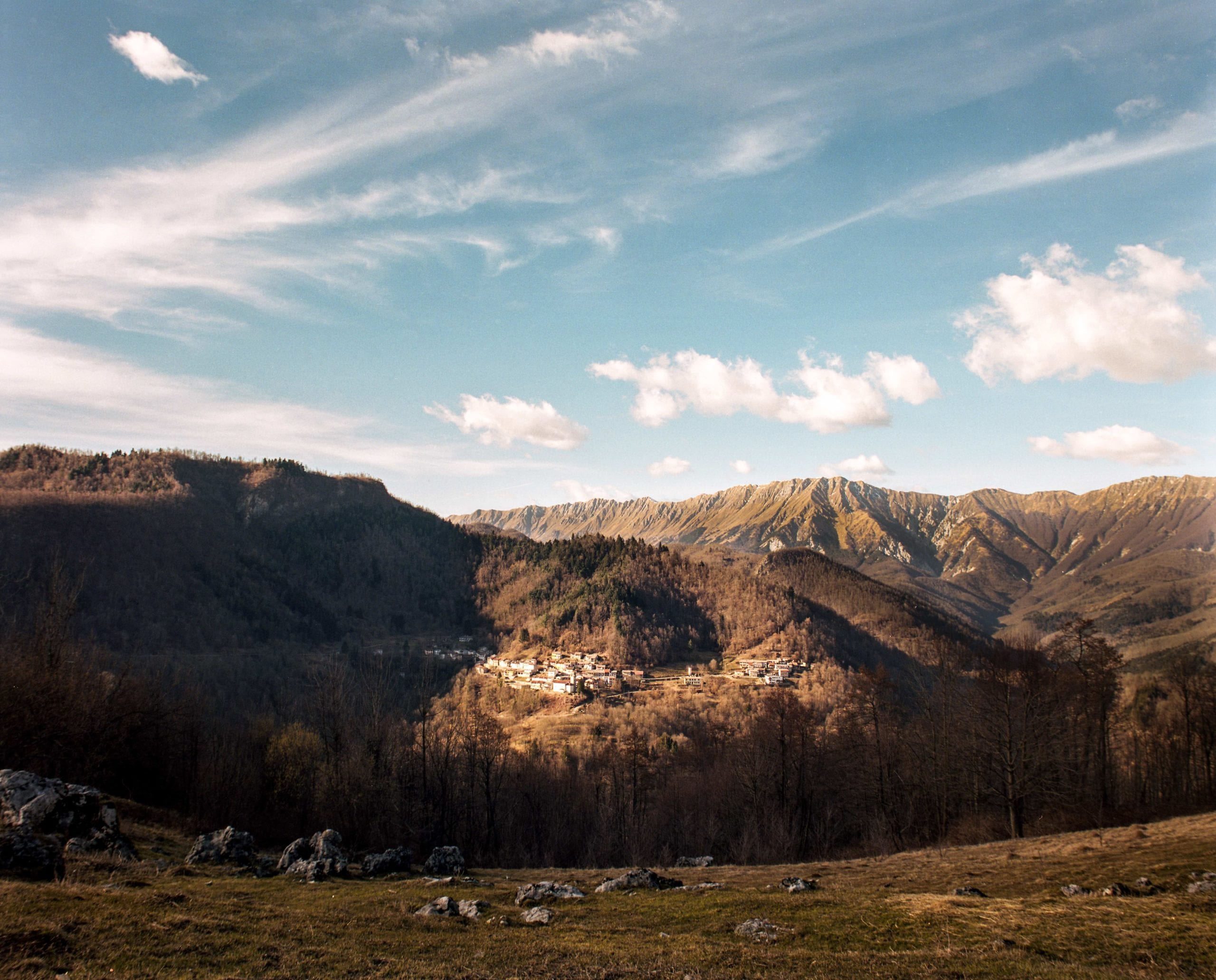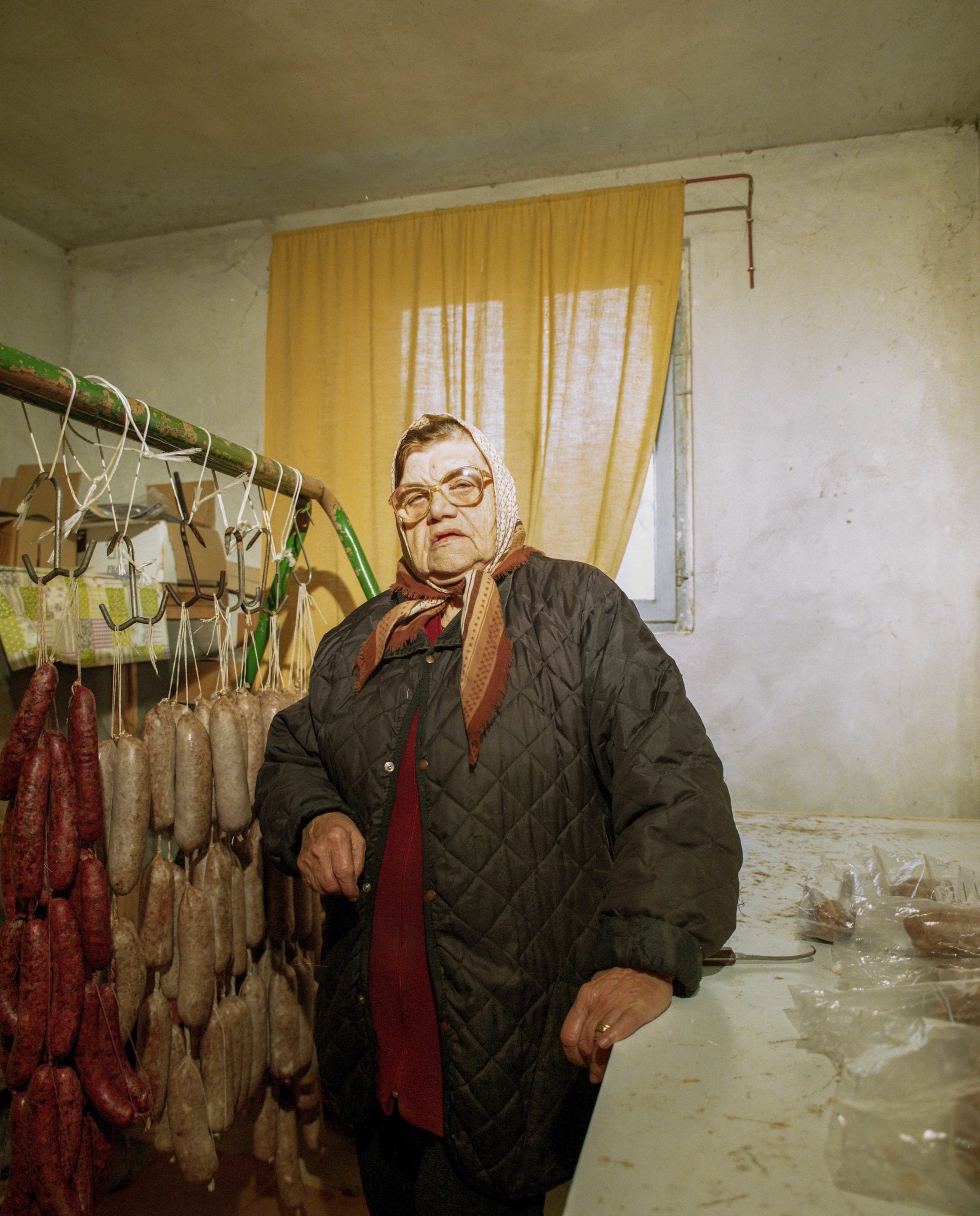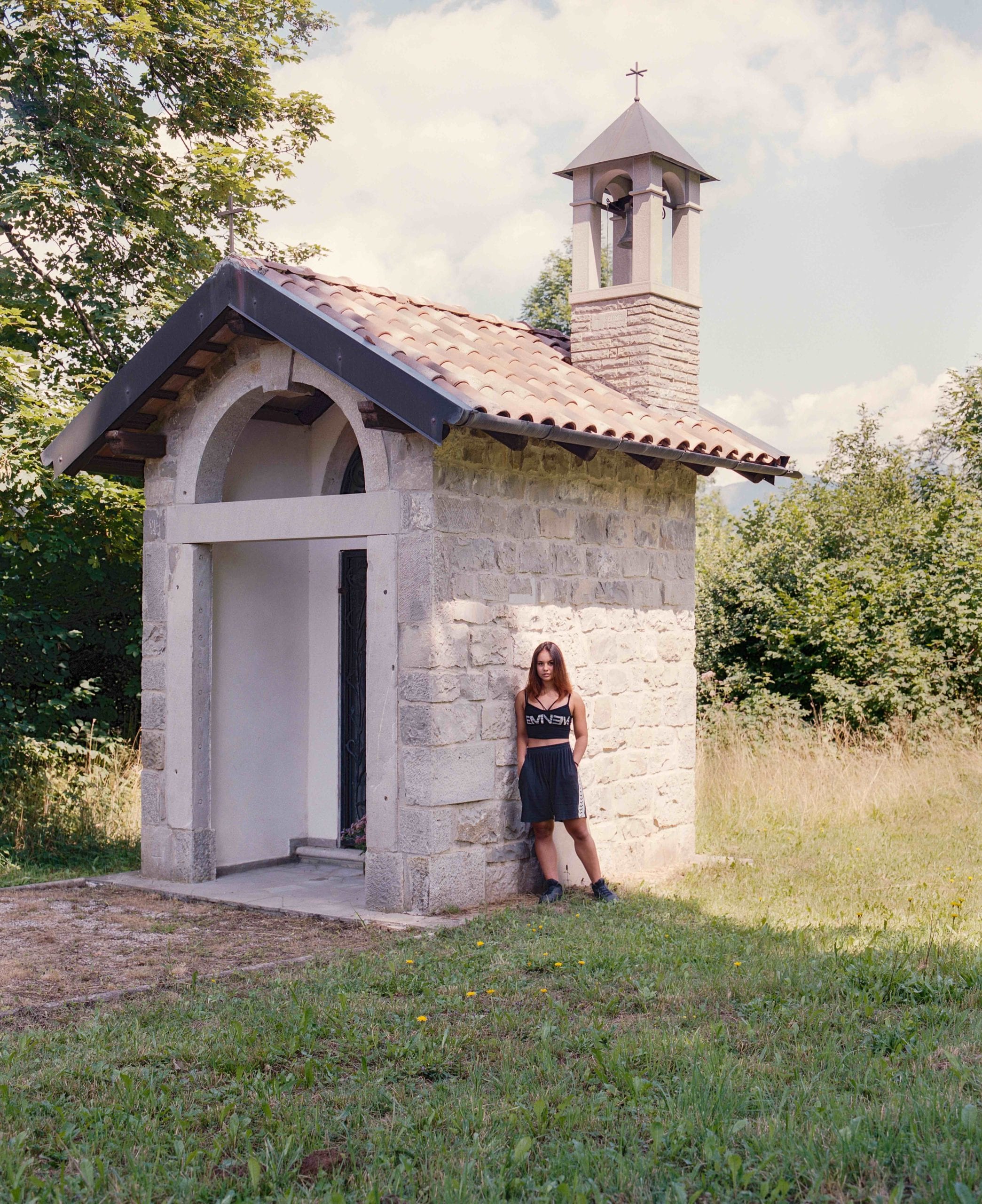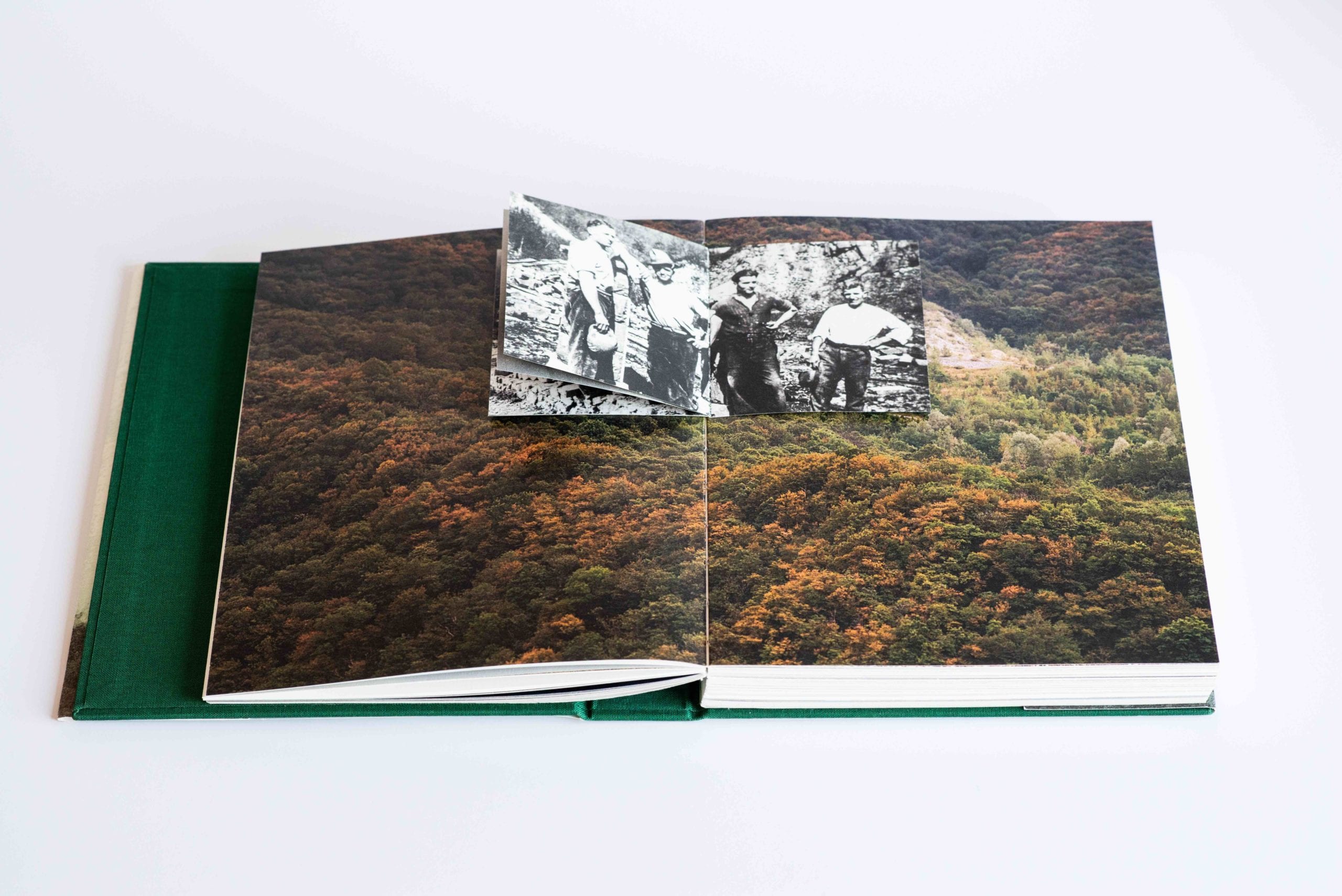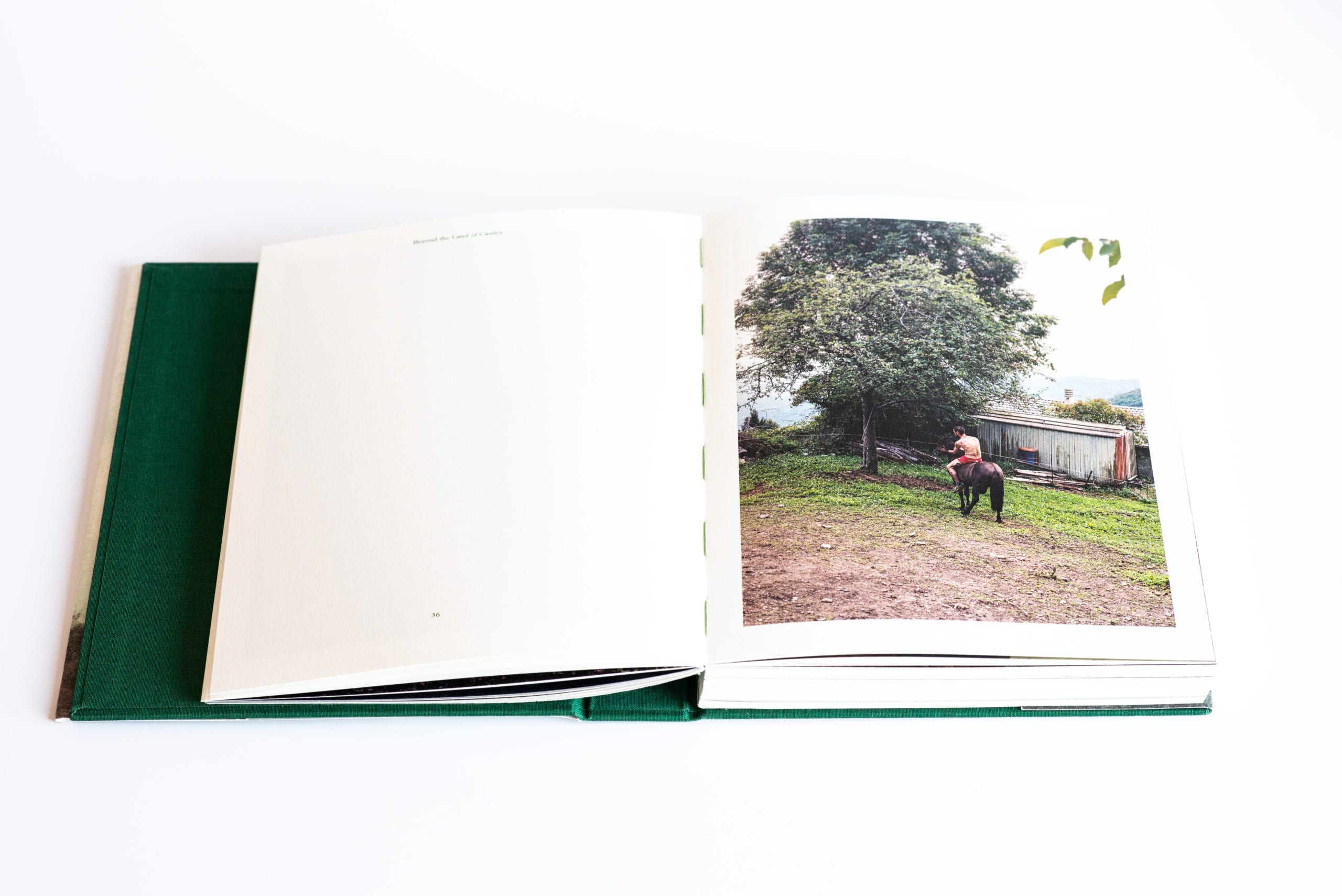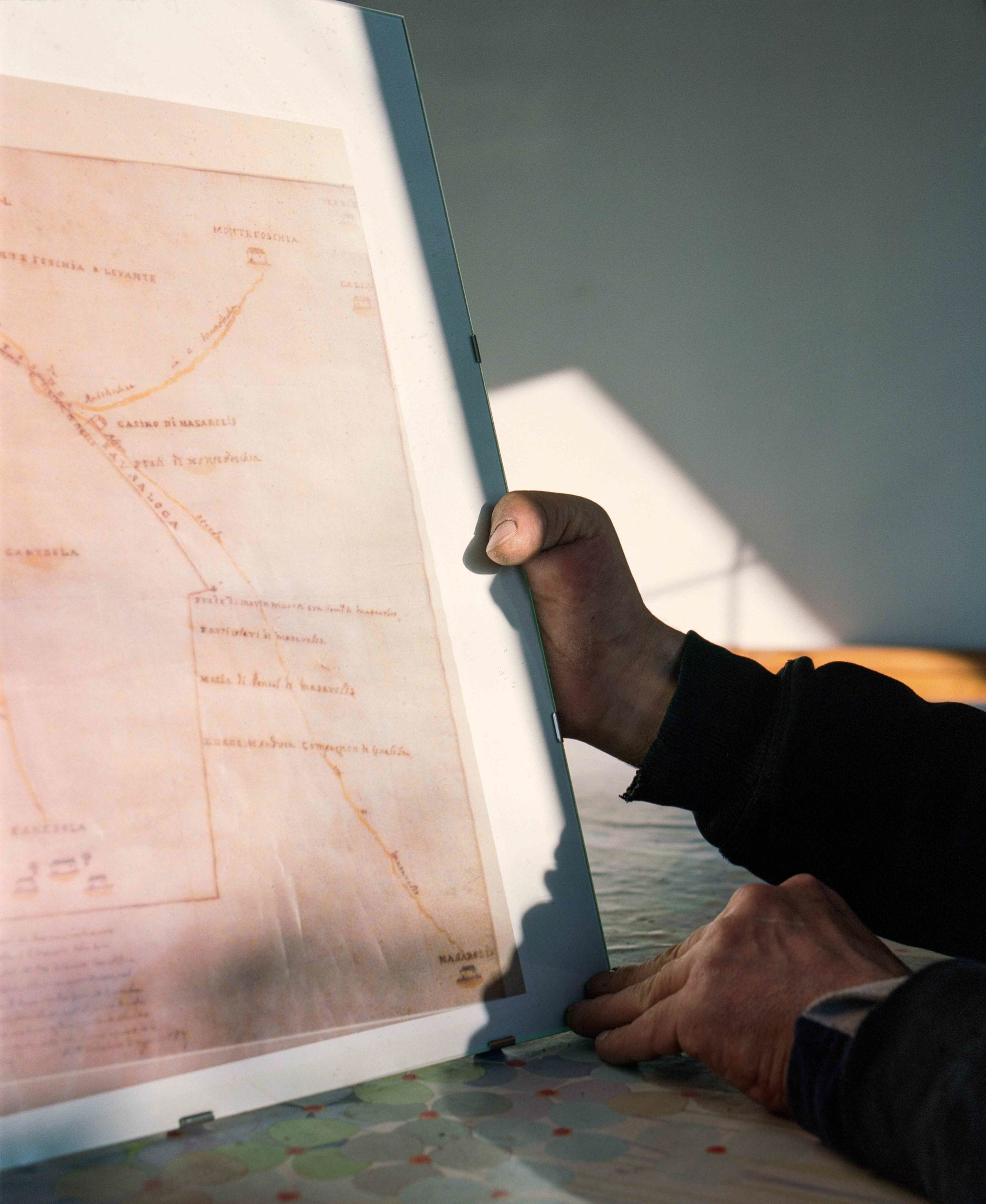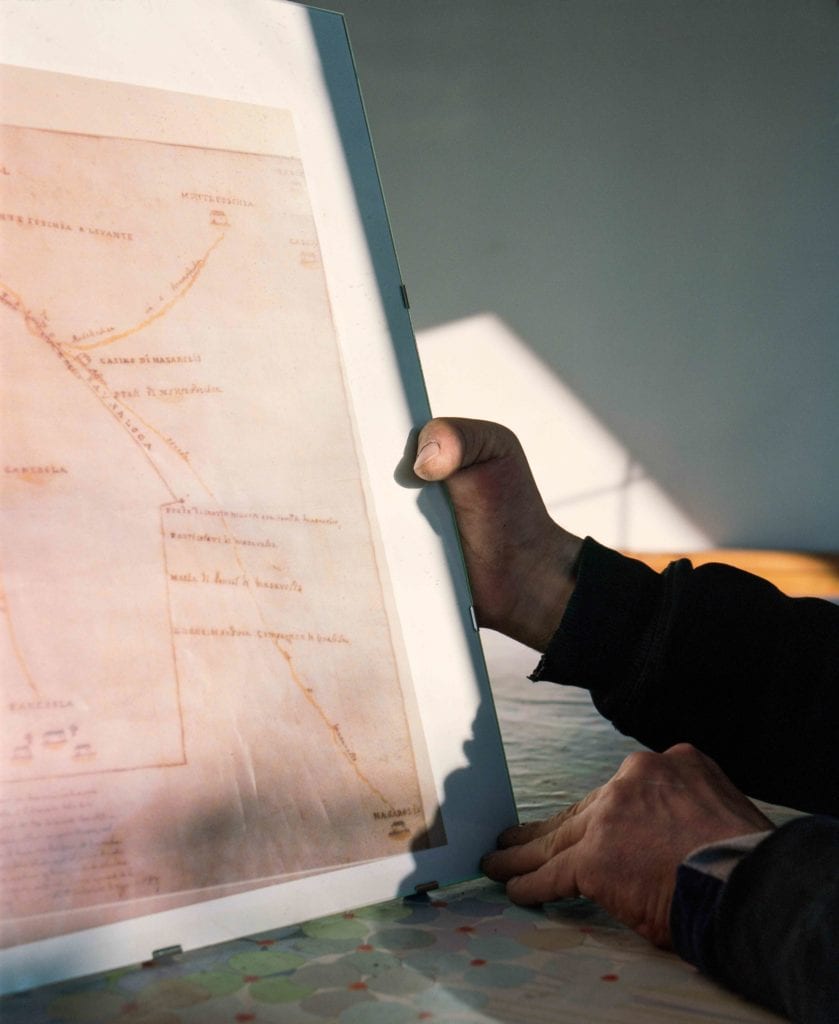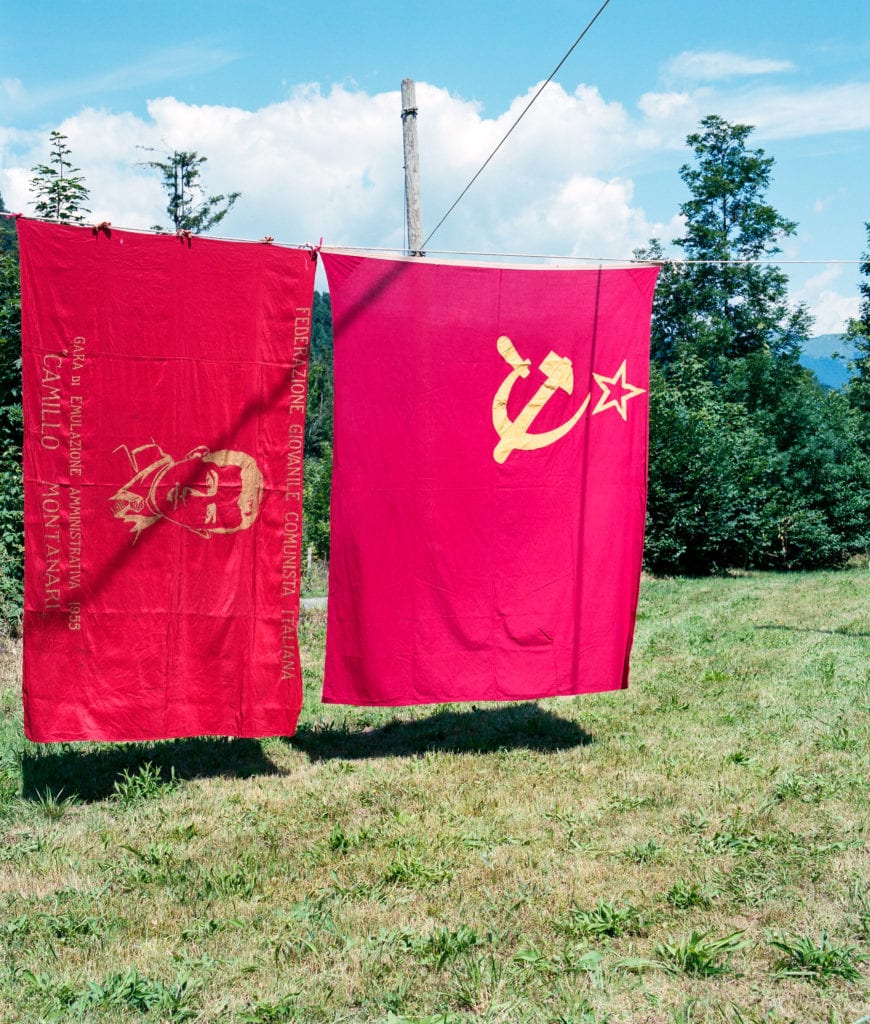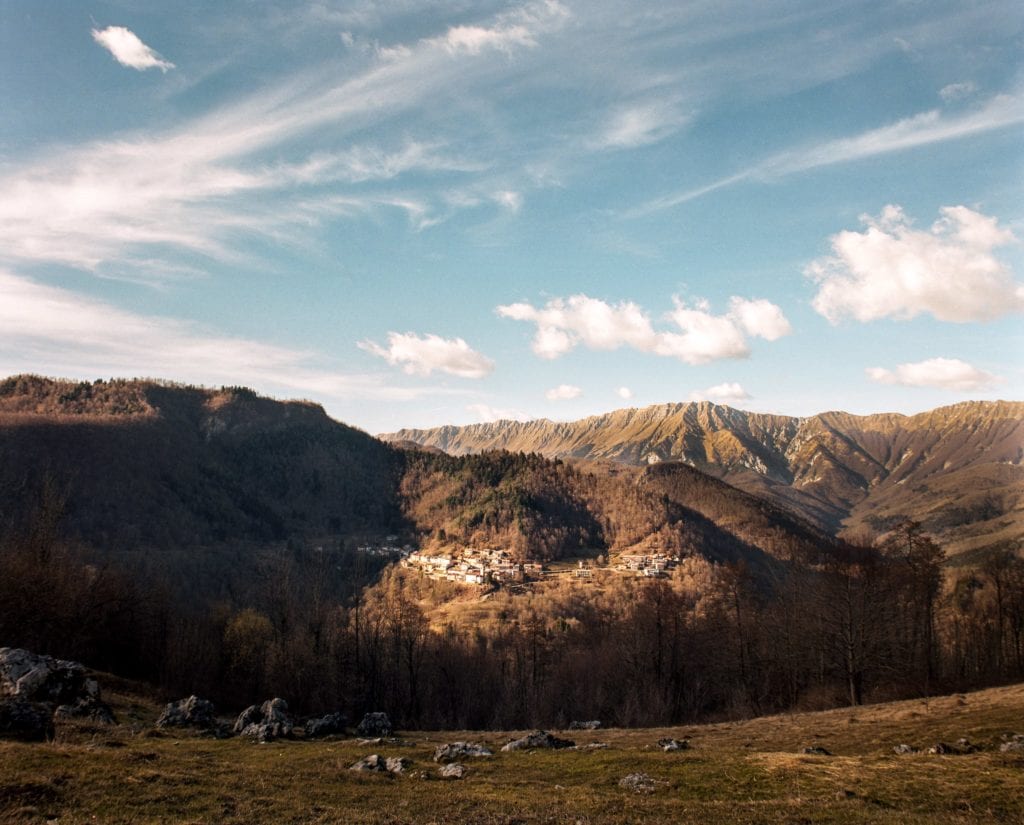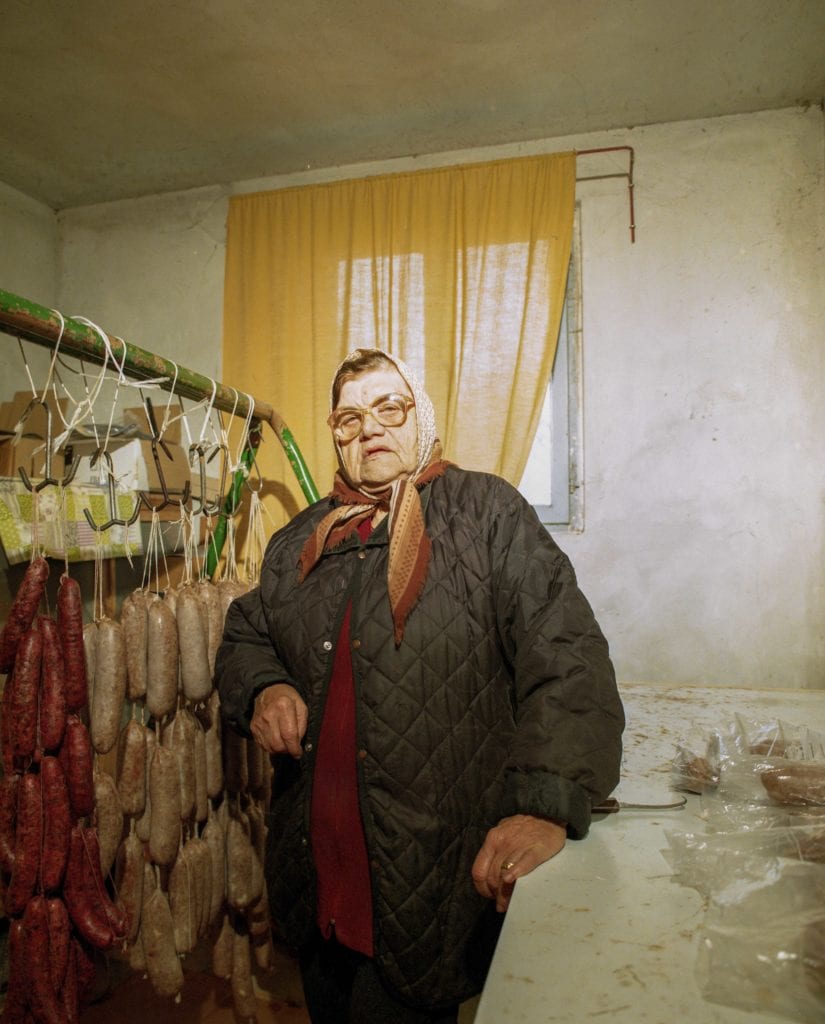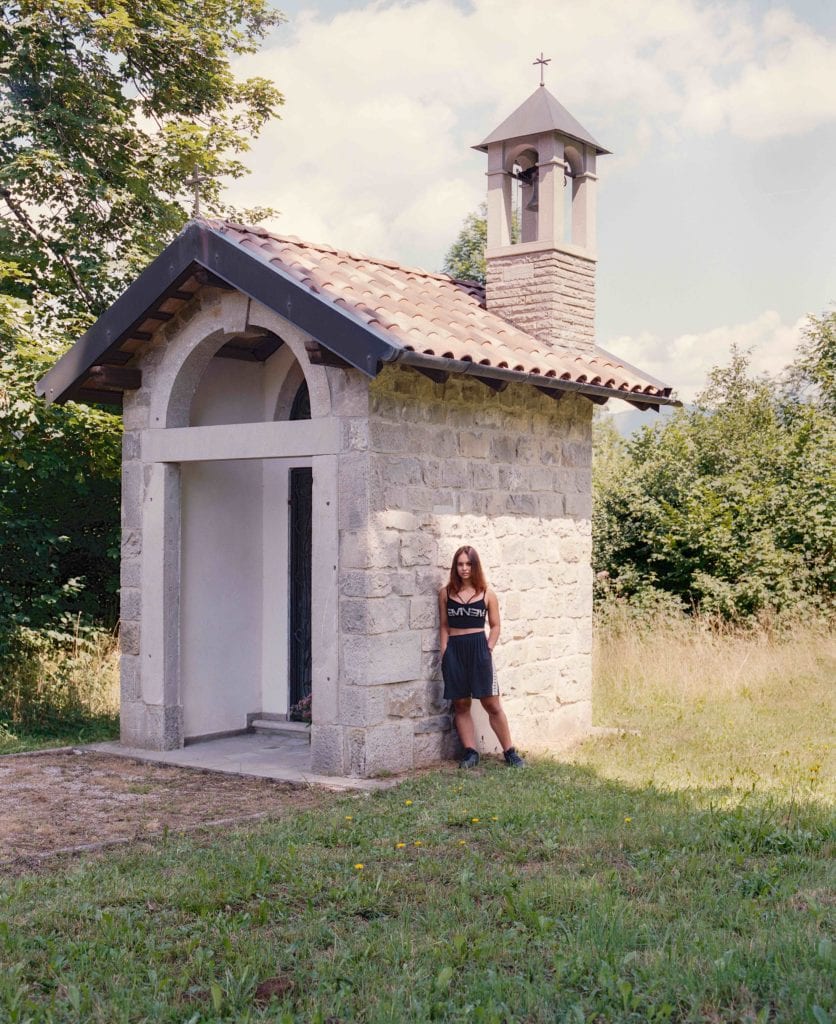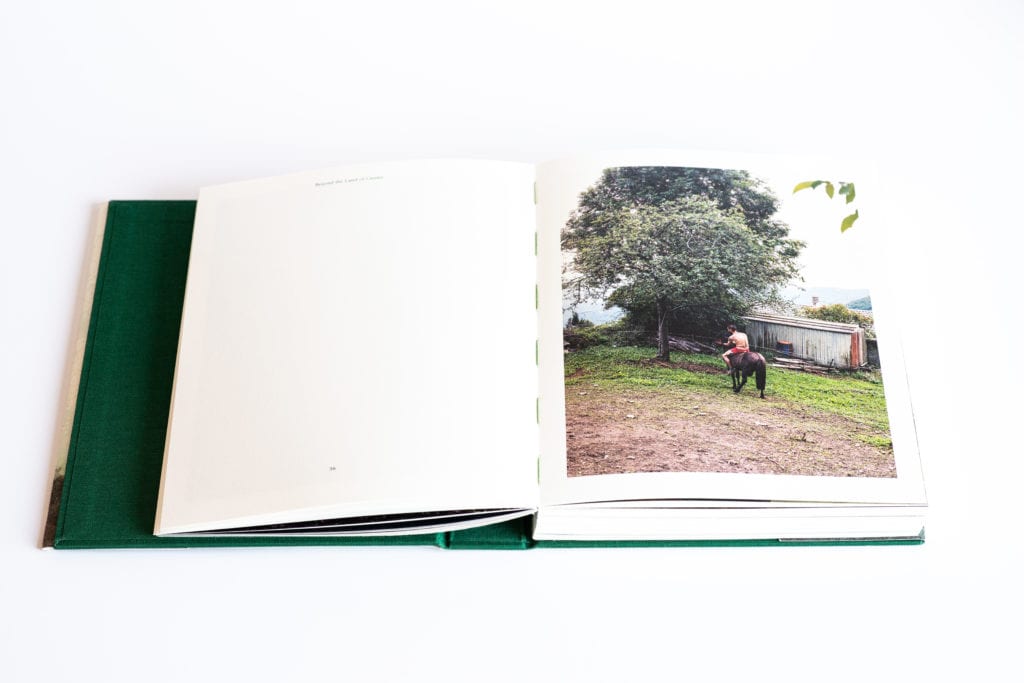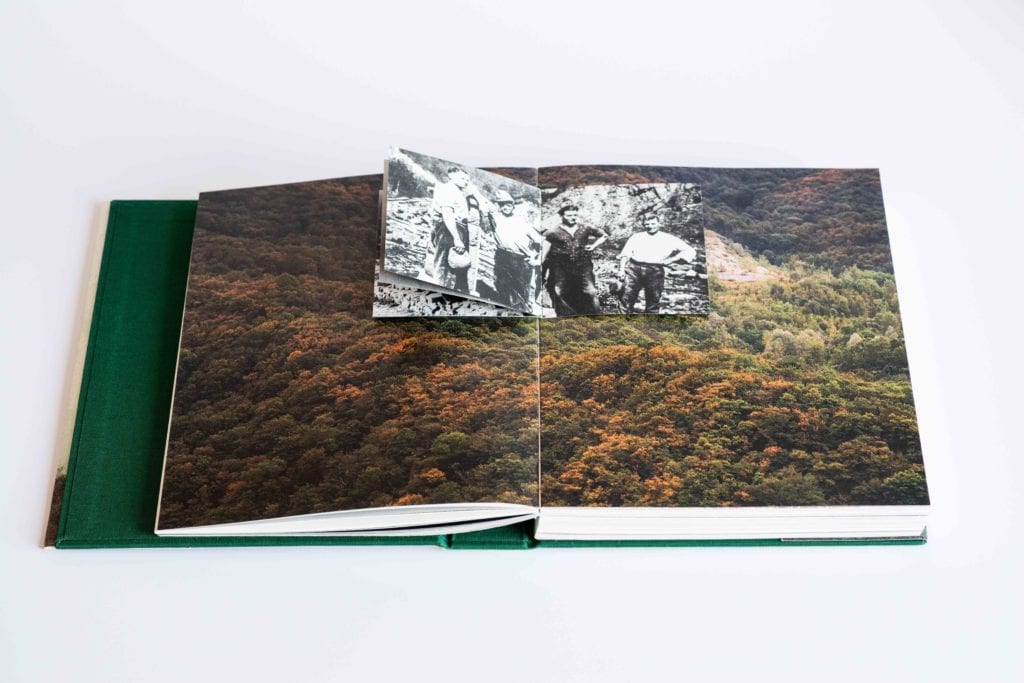Davide Degano ruminates on the cultural past and uncertain future of the remote villages in Italy’s north
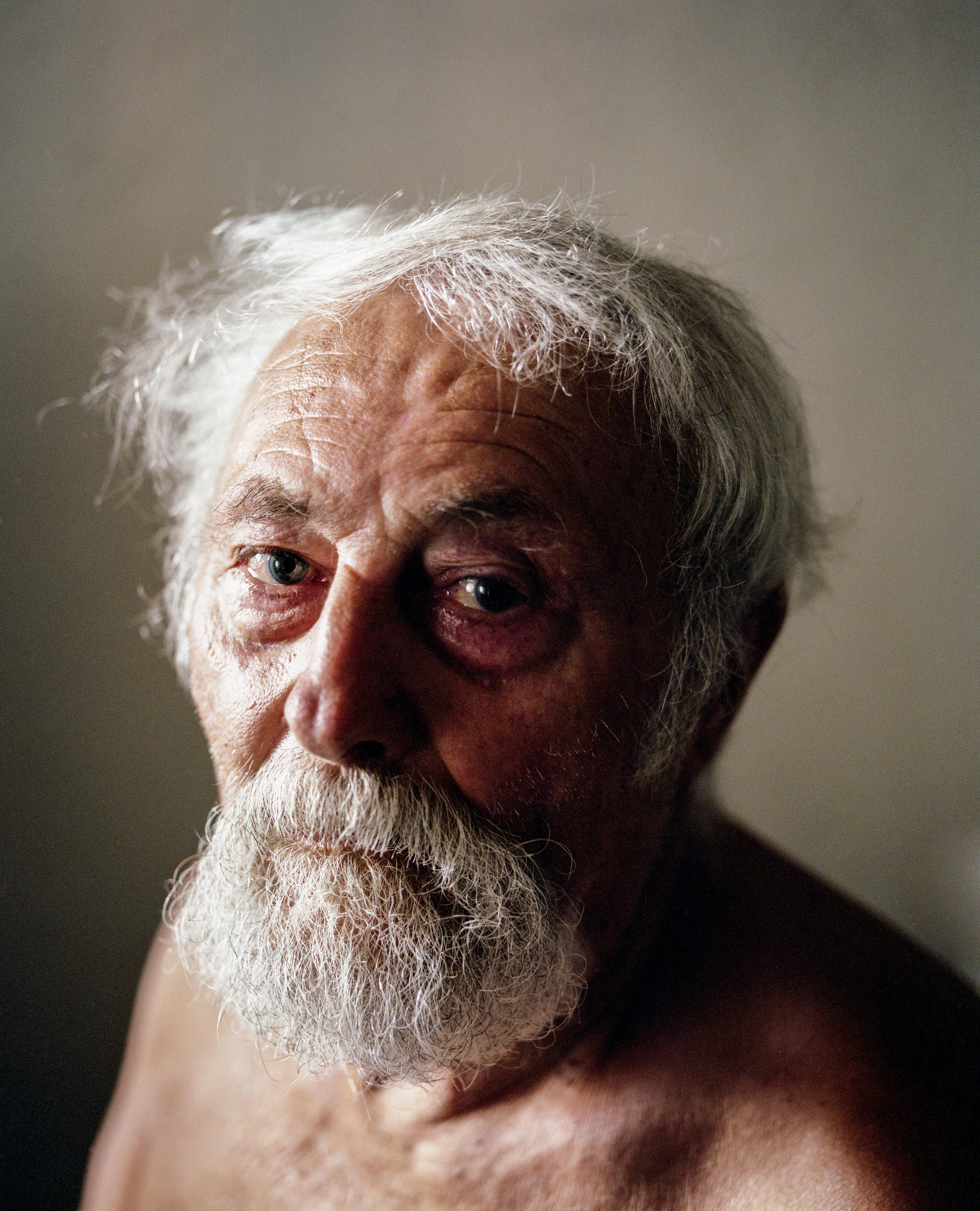
Davide Degano ruminates on the cultural past and uncertain future of the remote villages in Italy’s north
Since the time of the Lombards, the Slavic tribes had settled on the Faedese mountain belt. They were mainly dedicated to the breeding of sheep, goats, and cattle. Wool and cheese were the products they traded with the Friulians of the valley floor, in exchange for wine, cereals, and salt.
Source:Davide Degano ruminates on the cultural past and uncertain future of the remote villages in Italy’s north
Portrait of Giousuè Since the time of the Lombards, the Slavic tribes had settled on the Faedese mountain belt. They mainly devoted themselves to the breeding of sheep, goats, and cattle. Wool and cheese were the products they traded with the Friulians of the valley floor, in exchange for wine, cereals, and salt. Especially in the beginning, the mountain people lived in physical and cultural isolation, due to the lack of roads and connections. In this land are grown: corn, potatoes, beans, cabbage, and turnips. Cherries, apples, and plums are also grown. Another very important element was chestnuts. These were of vital importance to the economy of many villages. Chestnuts, especially in winter, were used as a staple food.
Source:
